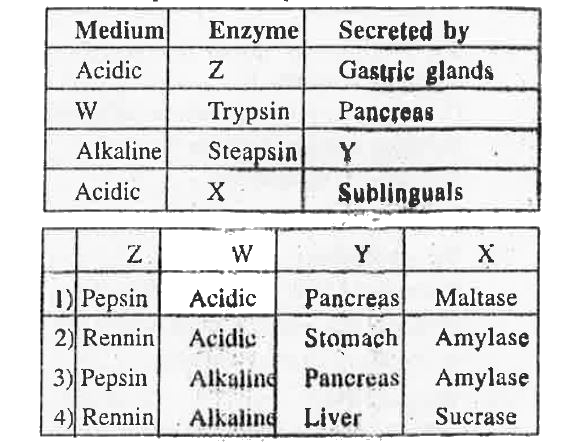Degree of dissociation is represented by the letter
Step-by-Step Solution:
1. Understanding Degree of Dissociation: The degree of dissociation refers to the fraction of a mole of a reactant that has undergone dissociation into its constituent ions or molecules. It is an important concept in chemistry, particularly in the study of equilibrium and reactions in solutions.
2. Identifying the Symbol: The degree of dissociation is represented by a specific symbol in chemistry.
3. Conclusion: The degree of dissociation is represented by the letter alpha (α).
---
Topper's Solved these Questions
- ELECTROLYSISBOOK - ICSECHAPTER - ELECTROLYSISEXERCISE - WORK SHEET -2
19 Videos
- ELECTROLYSISBOOK - ICSECHAPTER - ELECTROLYSISEXERCISE - WORK SHEET -3 (Fill in the blanks )
10 Videos
- ELECTROLYSISBOOK - ICSECHAPTER - ELECTROLYSISEXERCISE - QUESTION
3 Videos
- CHEMISTRY-2015BOOK - ICSECHAPTER - CHEMISTRY-2015EXERCISE - SECTION-II (40 Marks) Attempt any four questions from this Section.
49 Videos
- METALLURGYBOOK - ICSECHAPTER - METALLURGYEXERCISE - UNIT TEST PAPER 6 - Metallurgy (Select the correct answer from the list A,B,C & given in each statement.)
5 Videos
Similar Questions
An aqueous solution of a salt MX2 at certain temperature has a van'f Hoff factor of 2. The degree of dissociation for this solution of the salt is:
View SolutionWhat is degree of dissociation?
View SolutionWeak acids dissociate partially in aqueous medium. If any common ion is present in the solution, the degree of dissociation of the acid is suppressed however the dissociation constant value remains constant.
In which of the following the degree of dissociation of water is maximum '?
View SolutionIf degree of dissociation of 2M CH3COOH is 10% then degree of dissociation of this acetic acid in 3 Molar CH3COONa solution will be
View SolutionElectrolytes when dissolved in water dissociate into their constituent ions. The degree of dissociation of an electrolyte increases with
View SolutionFor a reaction nA⇔An, degree of dissociation when A trimerises is
View SolutionThe equation α=D−d(n−1)d is correctly matched for: (α is the degree of dissociation, D and d are the vapour densities before and after dissociation, respectively).
View SolutionHow can Kohlrausch's law of independent migration can be applied for calculating the degree of dissociation (α) of weak electrolytes ?
View SolutionThe degree of dissociation α of a week electrolyte is
where n is the number of ions given by 1mol of electrolyte.
View SolutionStudy the following given table and select the correct option that represents the letters.

View Solution
